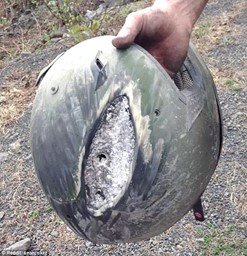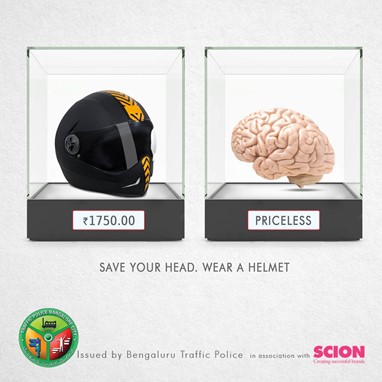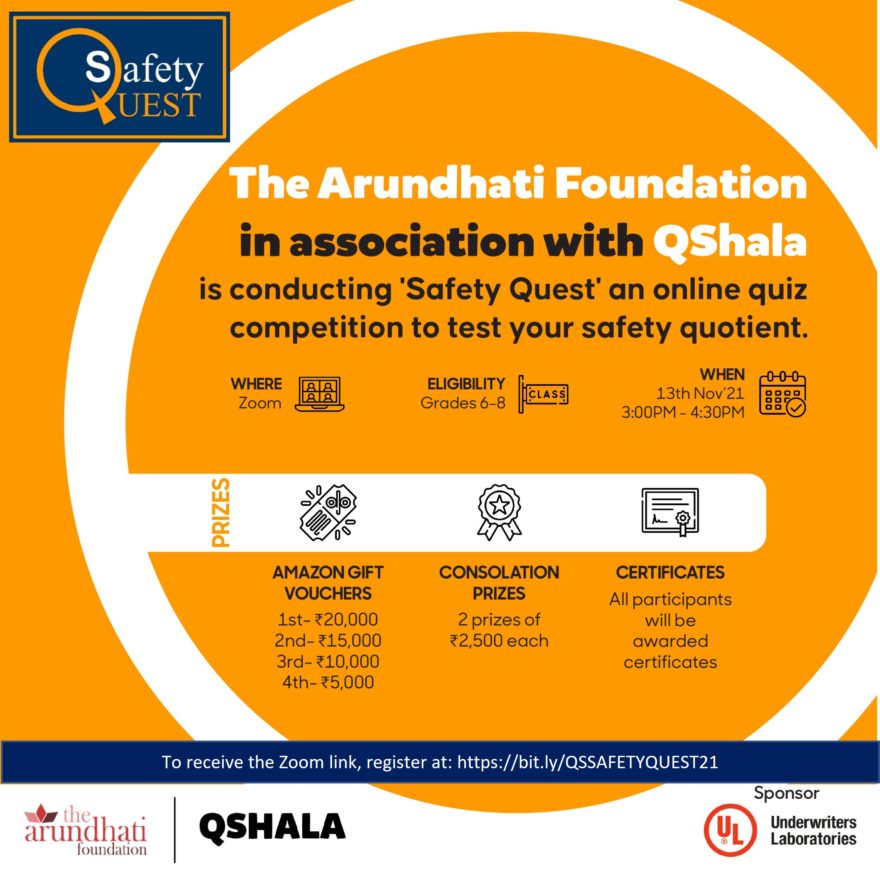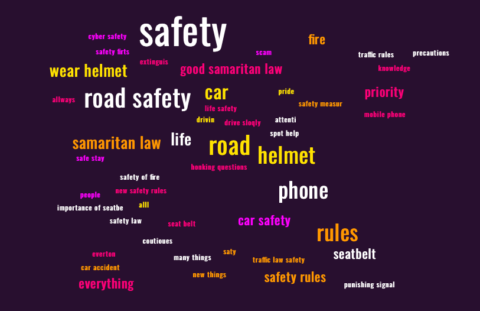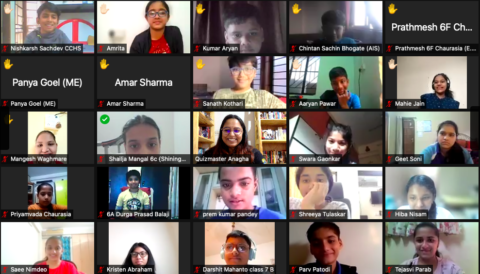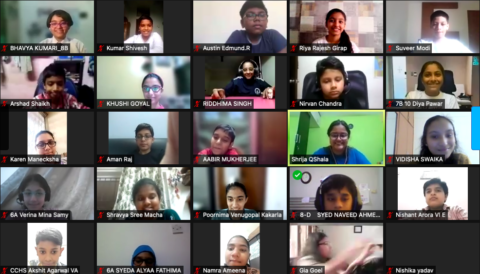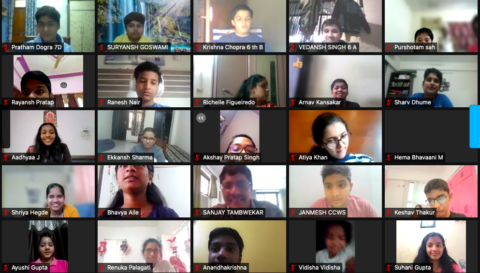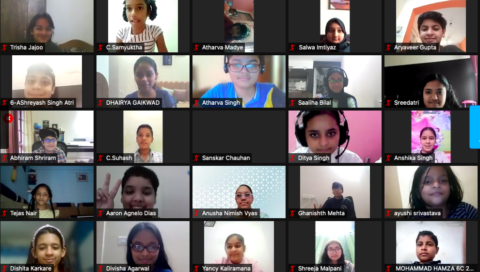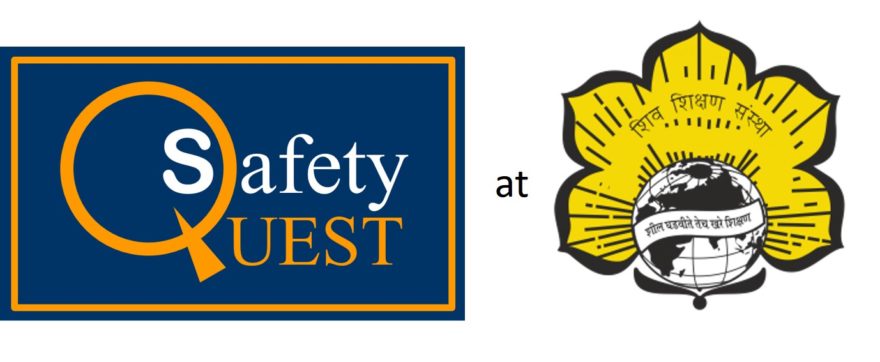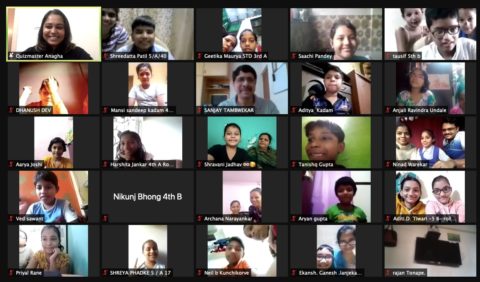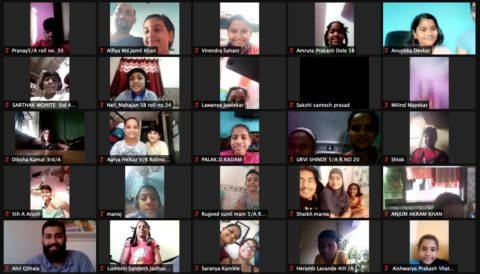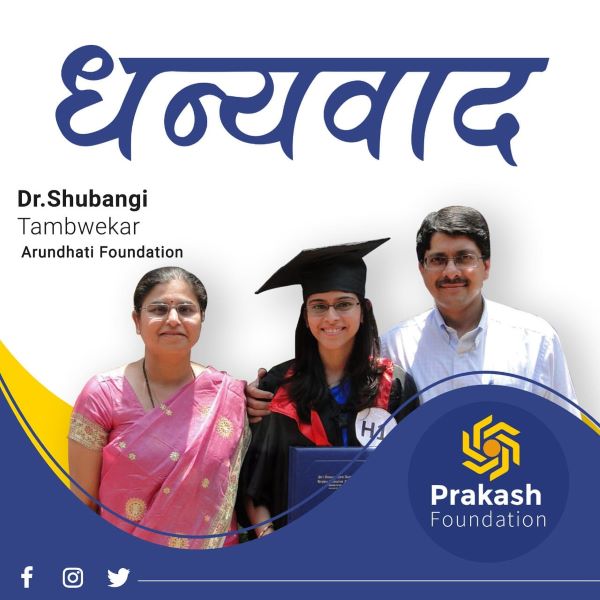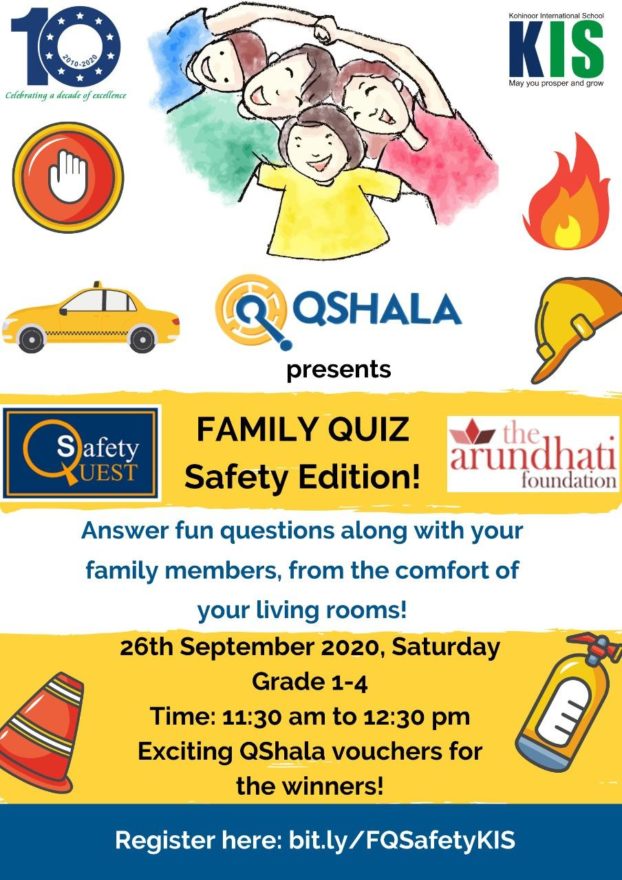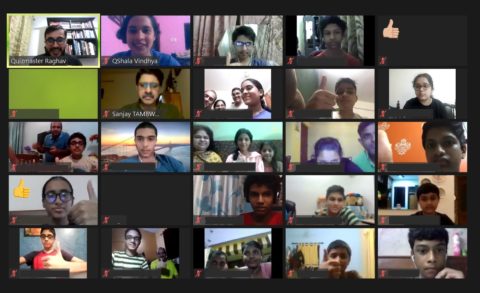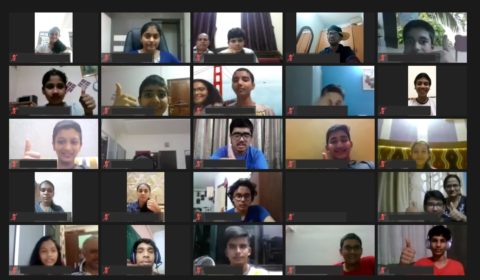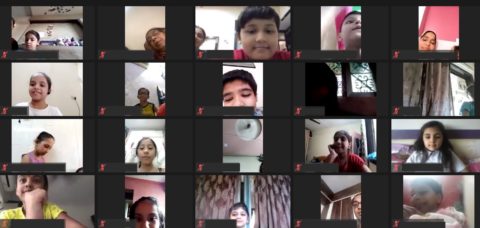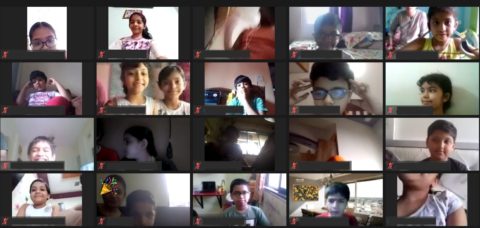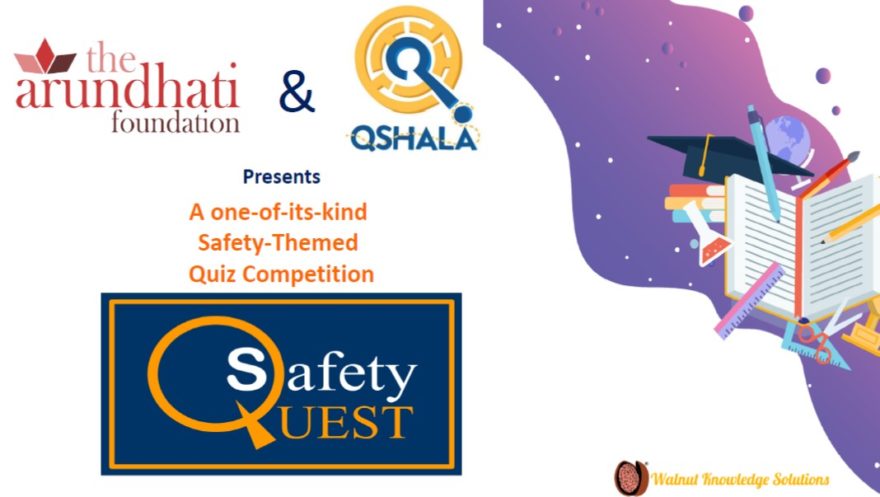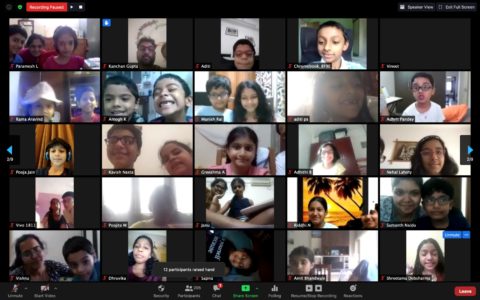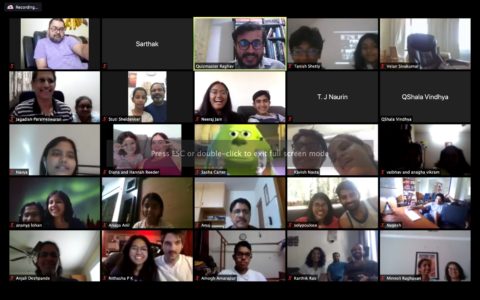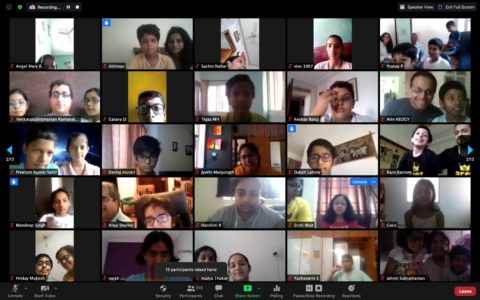We conducted our annual Safety Quest on 18 Nov 2022. It was heartening to see 190 students participating wholeheartedly.
For those of you who would like to try the quiz at your own pace, you can visit: https://kahoot.it/challenge/008080101
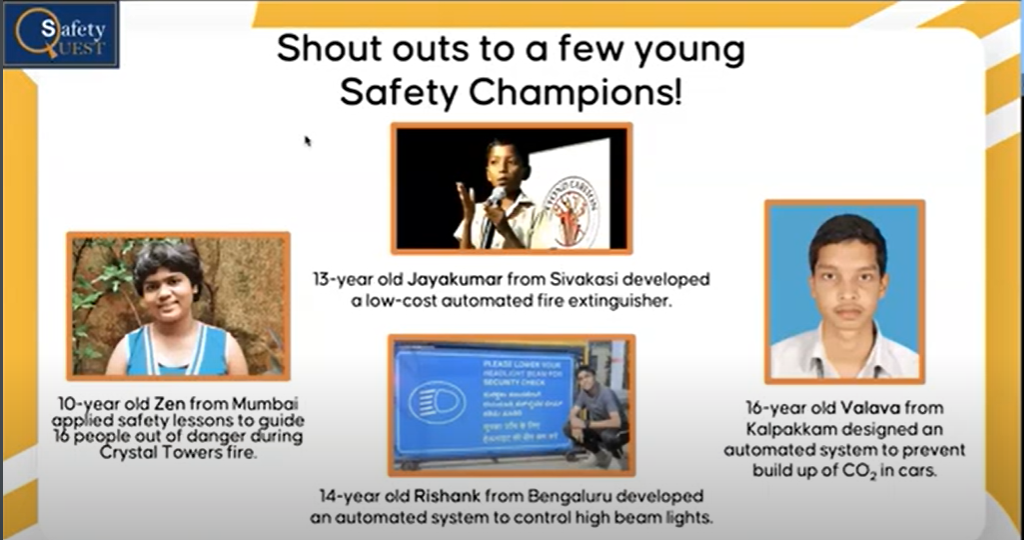 We shared examples of a few young children, 10-16 years of age, who have demonstrated creative thinking in designing innovative solutions for safety, and some who have shown exceptional leadership to guide others to safety. We hope it inspires our young participants, and they also realise that they can make a difference.
We shared examples of a few young children, 10-16 years of age, who have demonstrated creative thinking in designing innovative solutions for safety, and some who have shown exceptional leadership to guide others to safety. We hope it inspires our young participants, and they also realise that they can make a difference.
While the questions were not very difficult, behind each question was some lesson or information that would have given the children better insight into the techniques, science or innovations.
Way back in 1854 John Snow carried out a neat data analytics exercise when he mapped the deaths due to cholera on the map of London, and then further added the position of the water pumps. The correlation jumps out visually to the reader, and draws a strong cause-effect relationship to the contamination of the water from a specific water pump. We included this example to help children understand the power of using data in scientific analysis.
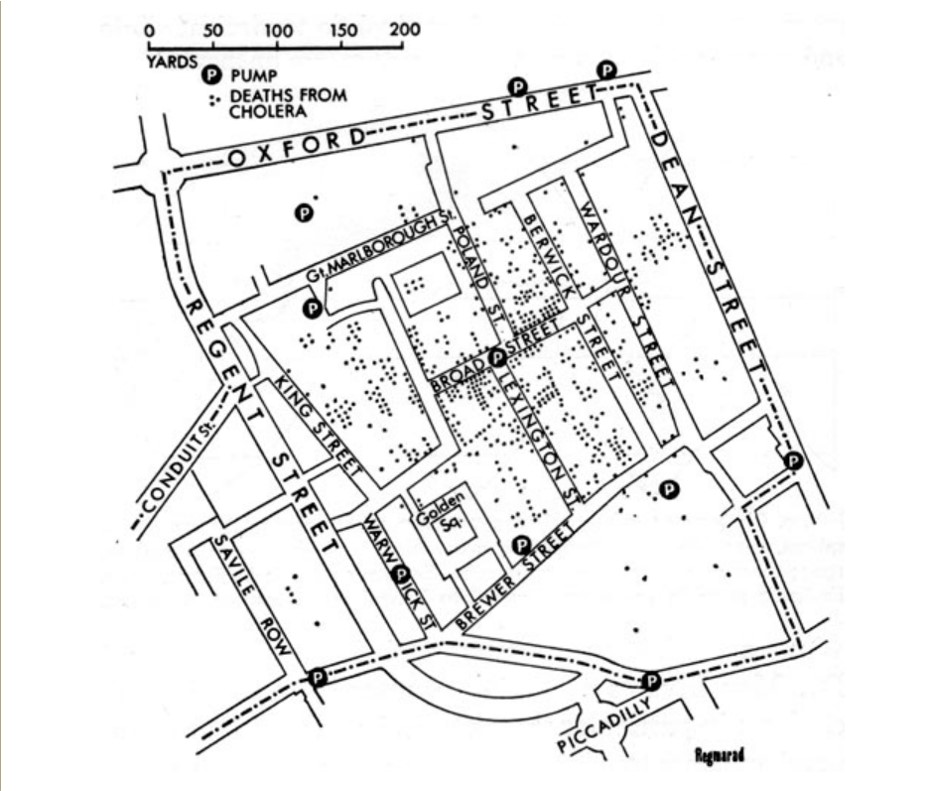
It is heartening that the children know many answers. This builds hope that the future generation may strive to improve safety on the roads, or otherwise. They were well aware of
• distracted driving, the protection provided by helmets, and hand signals
• first aid techniques like Heimlich maneuver and CPR – the videos would have given them details about the techniques
• the effects of climate change
• the different types of fire extinguishers
There were a few questions where the scores were low, and the Safety Quest may have given some exposure to the children:
• Stop Drop and Roll : the technique used when one’s clothes are on fire
• Stubble burning : a major health hazard in the NCR region
• Cone of Vision : How it narrows as the speed of the vehicle increases
• Cybersafety : Guarding with strong passwords, and recognizing phishing
• Safely charging electronic vehicles
We hope they continue to remember these as they become adults and take on greater responsibilities.
Some children were forthcoming in sharing :
- Jyotsna V Vadivel shared how the students of her school were affected when a fellow student lost his life in a fatal crash due to the rash driving of a bus driver. The whole school lit candles in his honour.
- Vishnu Siddhartha K was very well aware of Cybersafety, and suggested that to recognize phishing attacks, we should check for spelling errors, unauthorised identities, and check that it relates to to our online activity
The Winners
The Quiz platform rewards correct answers and also the speed with which they are given. It was a close contest, and the winners of our quiz were
- Aditya Rajiv Ratnam
- Vishnu Sriguruganesh
- Sooryanshi
- Iniyaa Elaiyaraja
- Shuban Singh
What the Children Said
With the wordcloud we ask the children to reflect on what they learnt, and as you can see there are some specific lessons being called here.
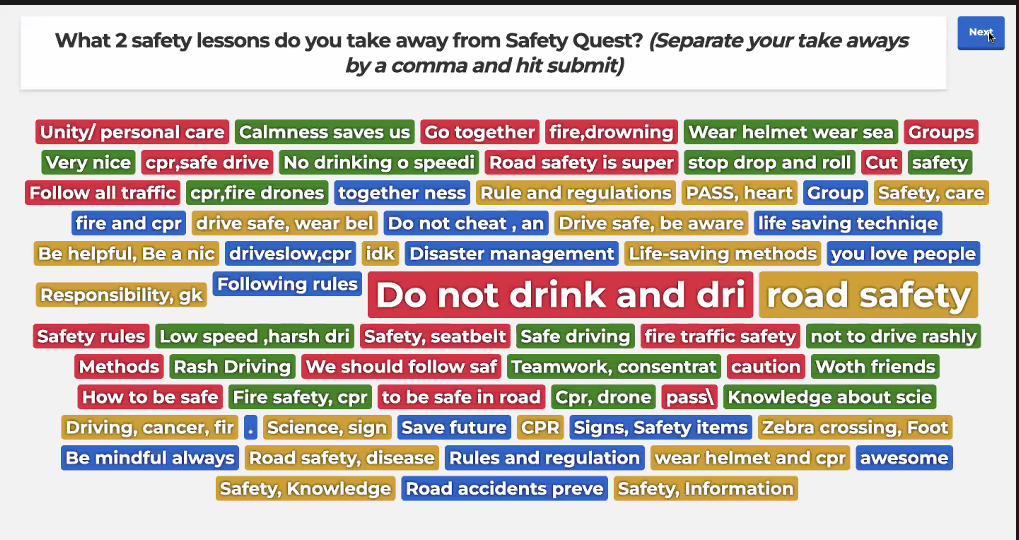
The quantitative feedback
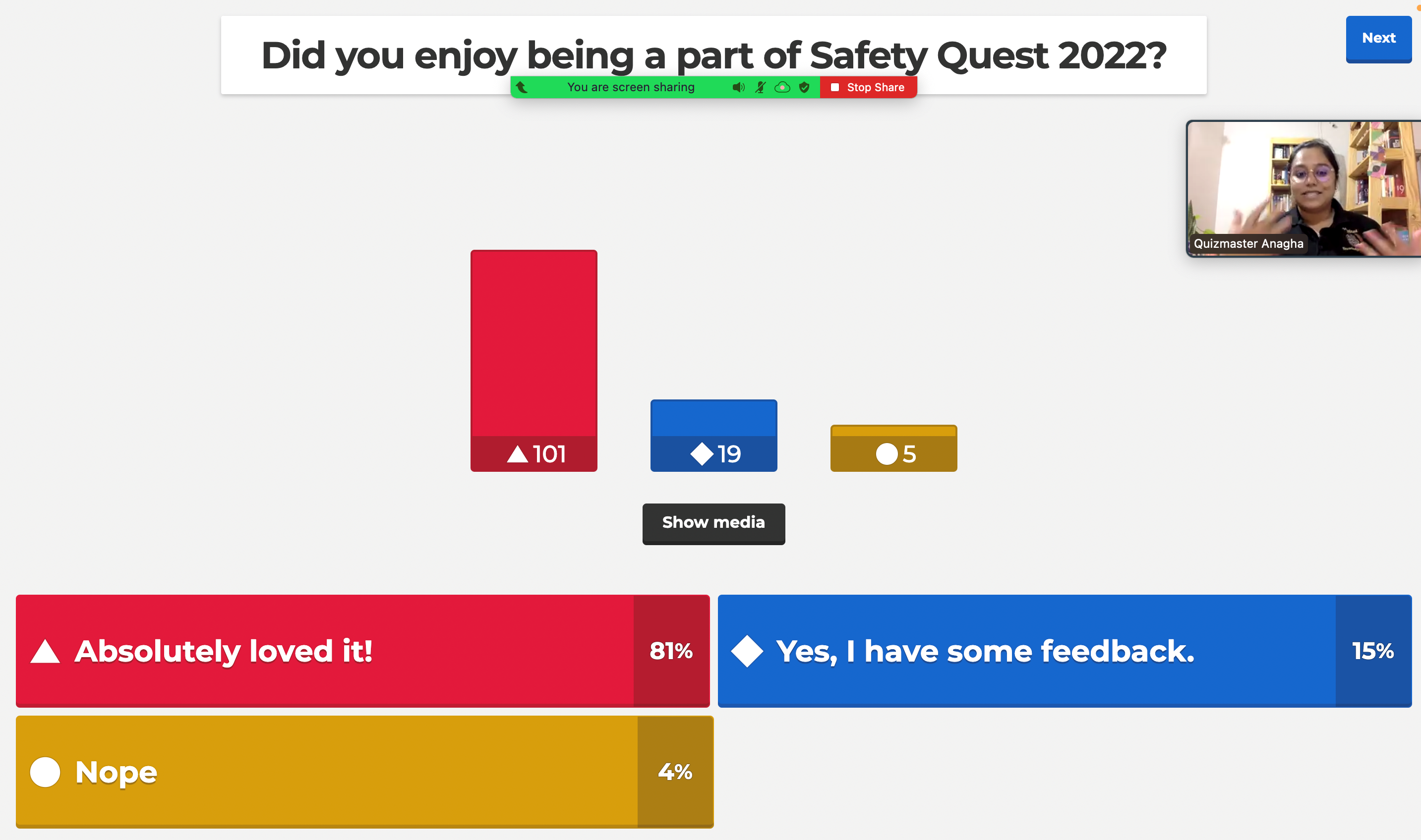
And a few comments
• Chandana: it was wonderful
• Vishnu Sriguruganesh: I liked learning about safety rules
• Aadit Natchu: It was very interactive
• Sooryanshi Raut: very informative
• Nilaya Bandaru: I learnt a lot of new things
• Ananya Kasavajhula: I realized that road safety is the most important thing. Thank you for this amazing event. I learned a Lot
• Tamaira Nekkalapudi: I loved how you explained to us all about how to react. Thank you for this!
• Atharva Faldessai : I learned so many new things about road safety and protection against fire. Truly fun learning session.
• Aditya Rajiv Ratnam: thank you very much for the quiz. This is my 3rd time attending the Safety Quest Quiz and I learn so much every time.
• Meghana Vani: The questions were not too hard, but some were really informative. I liked the extra info at the end of each question. Thank you!
We had invited all the donors, and one of them had this to say : This is one of the best quiz programs that I am watching. Very good questions and answers by children are excellent. These future citizens are surely going to make Indian roads safer. Special compliments to the quiz master for making the program so interesting. Well done Arundhati Foundation!
***
Our Thanks!
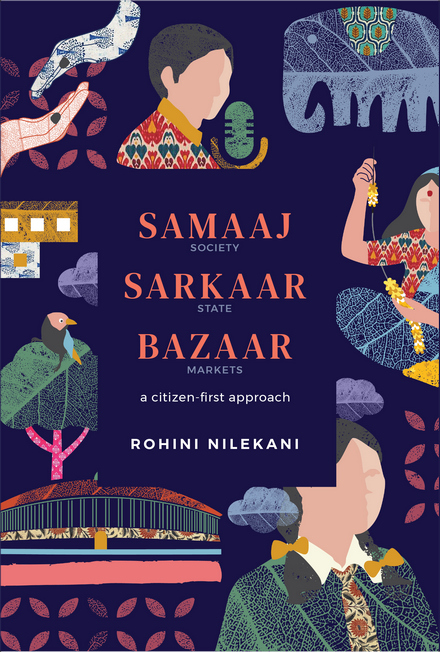 Our sincere thanks go to the Rohini Nilekani Philanthropies for sponsoring this event. Sahana Jose and Suresh Ponappa were extremely quickly in responding to our request, and taking care of the expenses involved. I am urging our readers to read Rohini Nilekani’s new book https://www.samaajsarkaarbazaar.in/. It is a collection of over a decade of articles, interviews, and speeches by Rohini Nilekani, Samaaj, Sarkaar, Bazaar: A Citizen-First Approach, showcases her journey in the civil society sector and outlines her philosophy of restoring the balance between the state and markets, by positioning society as the foundational sector.
Our sincere thanks go to the Rohini Nilekani Philanthropies for sponsoring this event. Sahana Jose and Suresh Ponappa were extremely quickly in responding to our request, and taking care of the expenses involved. I am urging our readers to read Rohini Nilekani’s new book https://www.samaajsarkaarbazaar.in/. It is a collection of over a decade of articles, interviews, and speeches by Rohini Nilekani, Samaaj, Sarkaar, Bazaar: A Citizen-First Approach, showcases her journey in the civil society sector and outlines her philosophy of restoring the balance between the state and markets, by positioning society as the foundational sector.
It’s available for free download on our site and to buy via Amazon / Flipkart.
Thank you Shyam Kokku, Dr Punith and S Ranga Ram Kumar for your kind donations and your participation! It means a lot to us.
And a big shout out to the team from QShala ( Walnut Knowledge Solutions ) – Anagha, Shilpa, Vaishnavi, Raghav. Their work in content curation, creatives, mobilizing participation, providing a great platform for the online quiz, and managing the logistics, all makes it easy for us to organize this event. And Anagha’s energy and enthusiasm to keep every one engaged through the event was just superb.
References of Safety Champions
Zen Sadavarte
Rishank Kanaparti
Jayakumar
S. R. Valava
John Snow’s map
Participants Gallery
Here are a couple of screenshots of the participants gallery
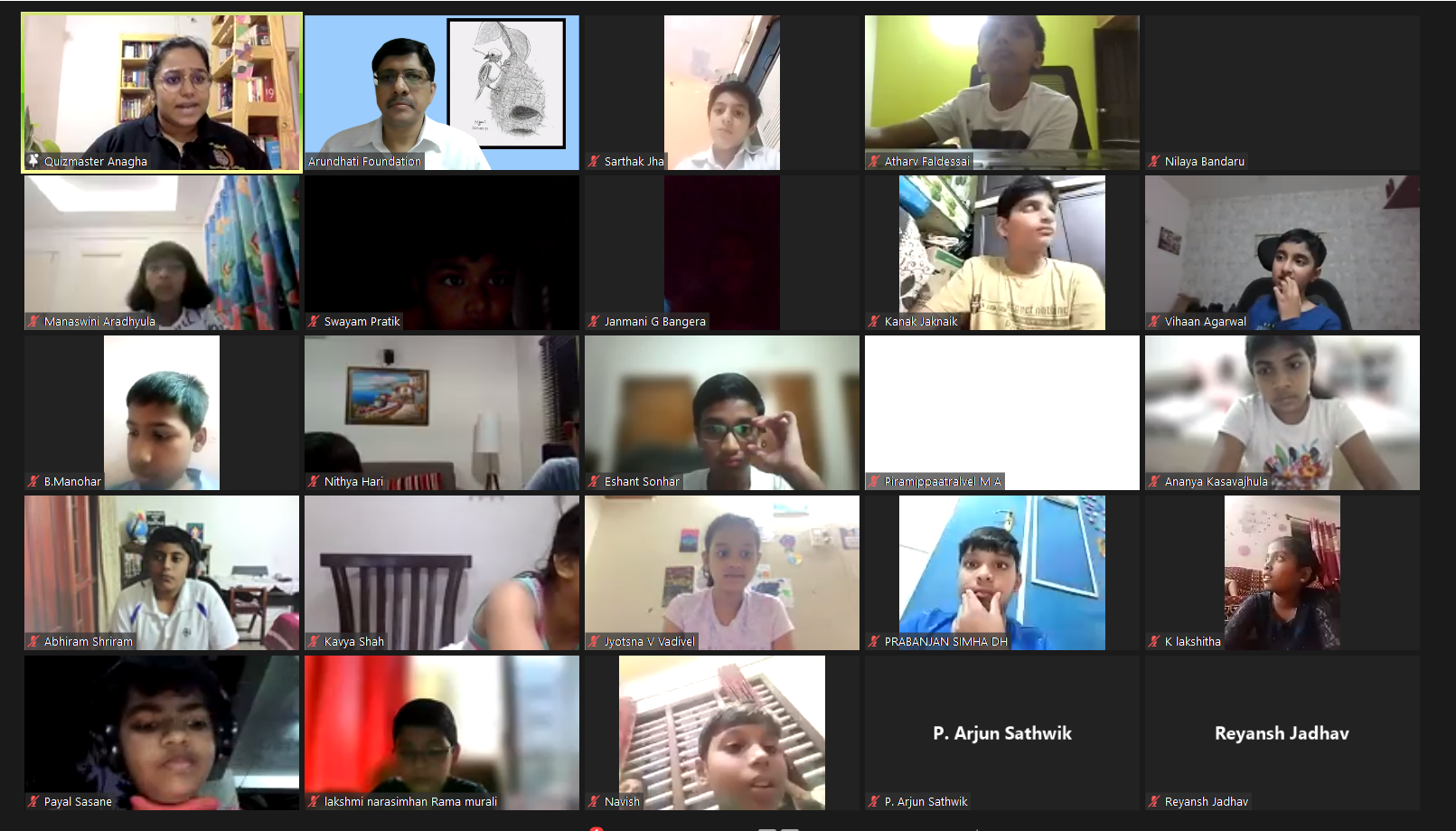
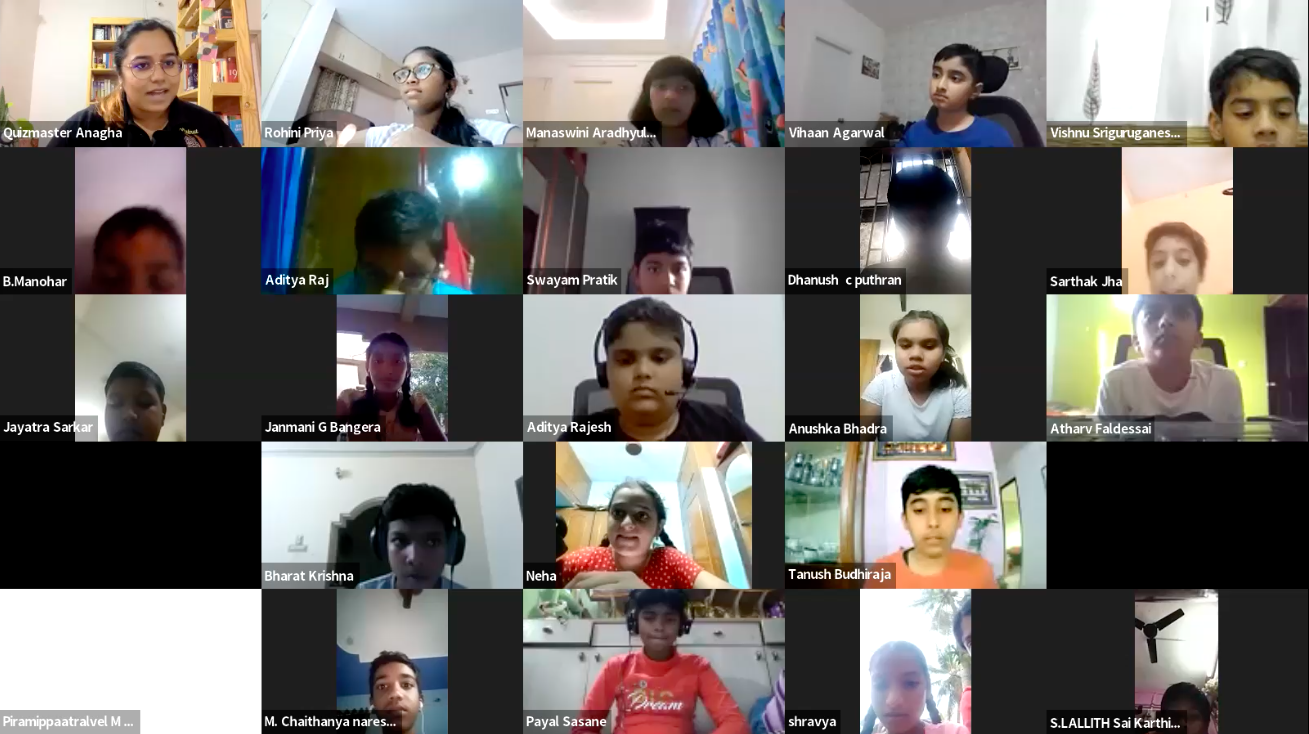


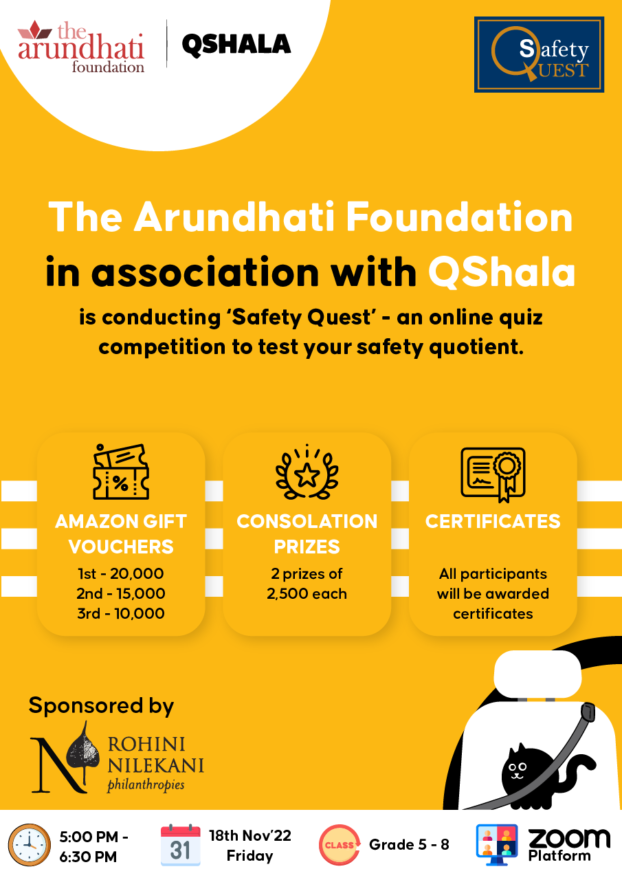
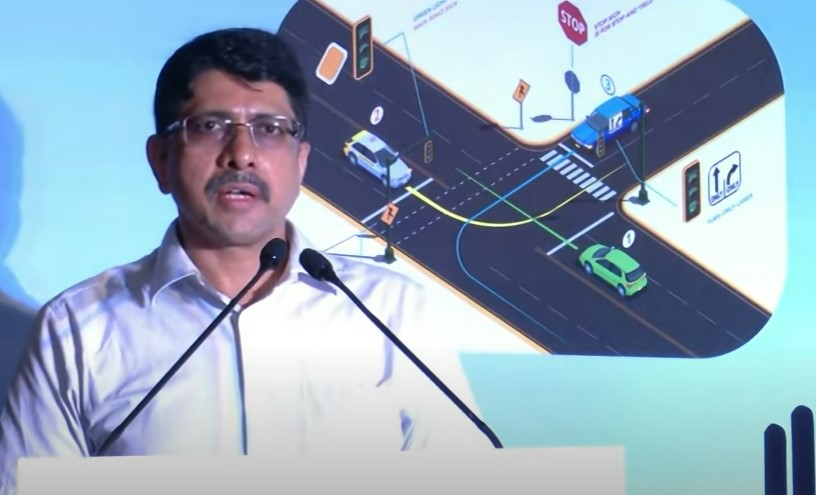
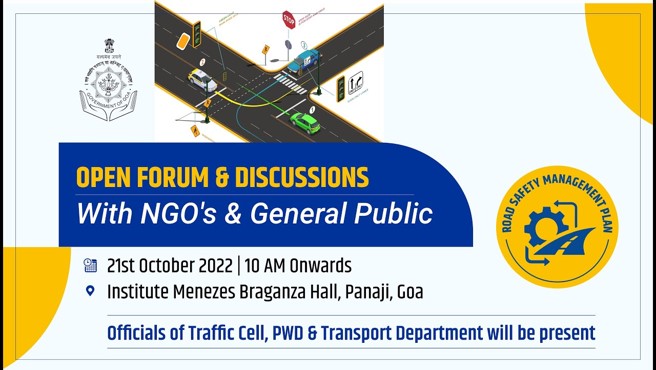
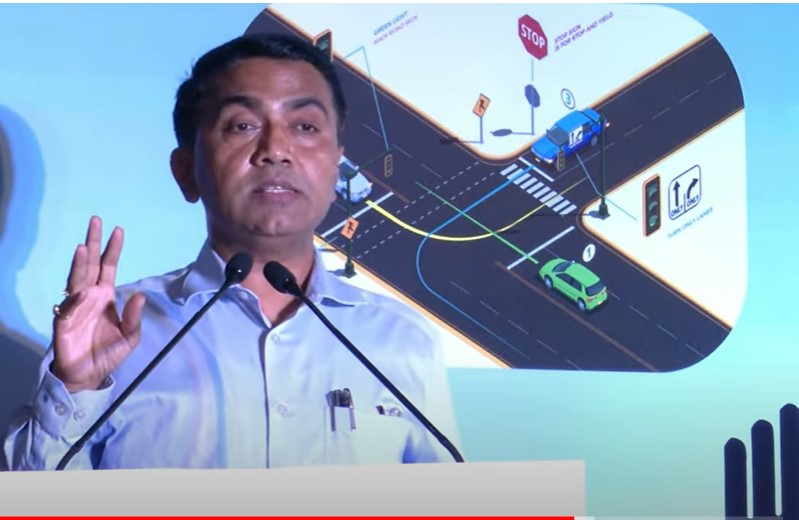
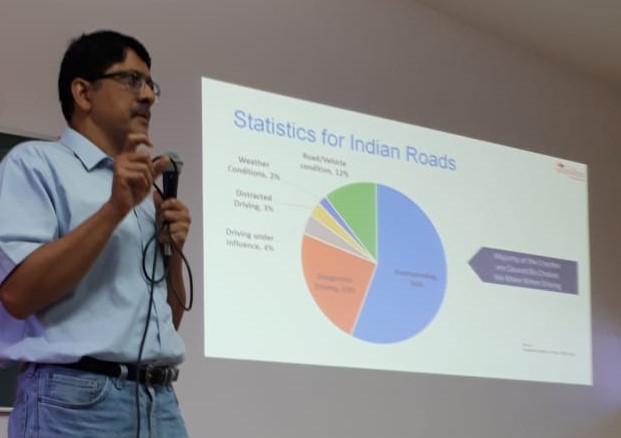 We conducted a road safety session for the students and staff of the Institute of Maritime Studies (IMS), Goa. The attendance was over a 100 people, a majority of them young students who will soon take on the mantle for their families. Interestingly, the motto of IMS is “Suraksha Siddha Haste” meaning Security in Competent Hands! And the students had created several posters related to Safety in their workshops. And the focus of our talk is also the Tenets of Proactive Driving so that with competency, alertness, awareness, and anticipation we continue to enjoy the ride.
We conducted a road safety session for the students and staff of the Institute of Maritime Studies (IMS), Goa. The attendance was over a 100 people, a majority of them young students who will soon take on the mantle for their families. Interestingly, the motto of IMS is “Suraksha Siddha Haste” meaning Security in Competent Hands! And the students had created several posters related to Safety in their workshops. And the focus of our talk is also the Tenets of Proactive Driving so that with competency, alertness, awareness, and anticipation we continue to enjoy the ride.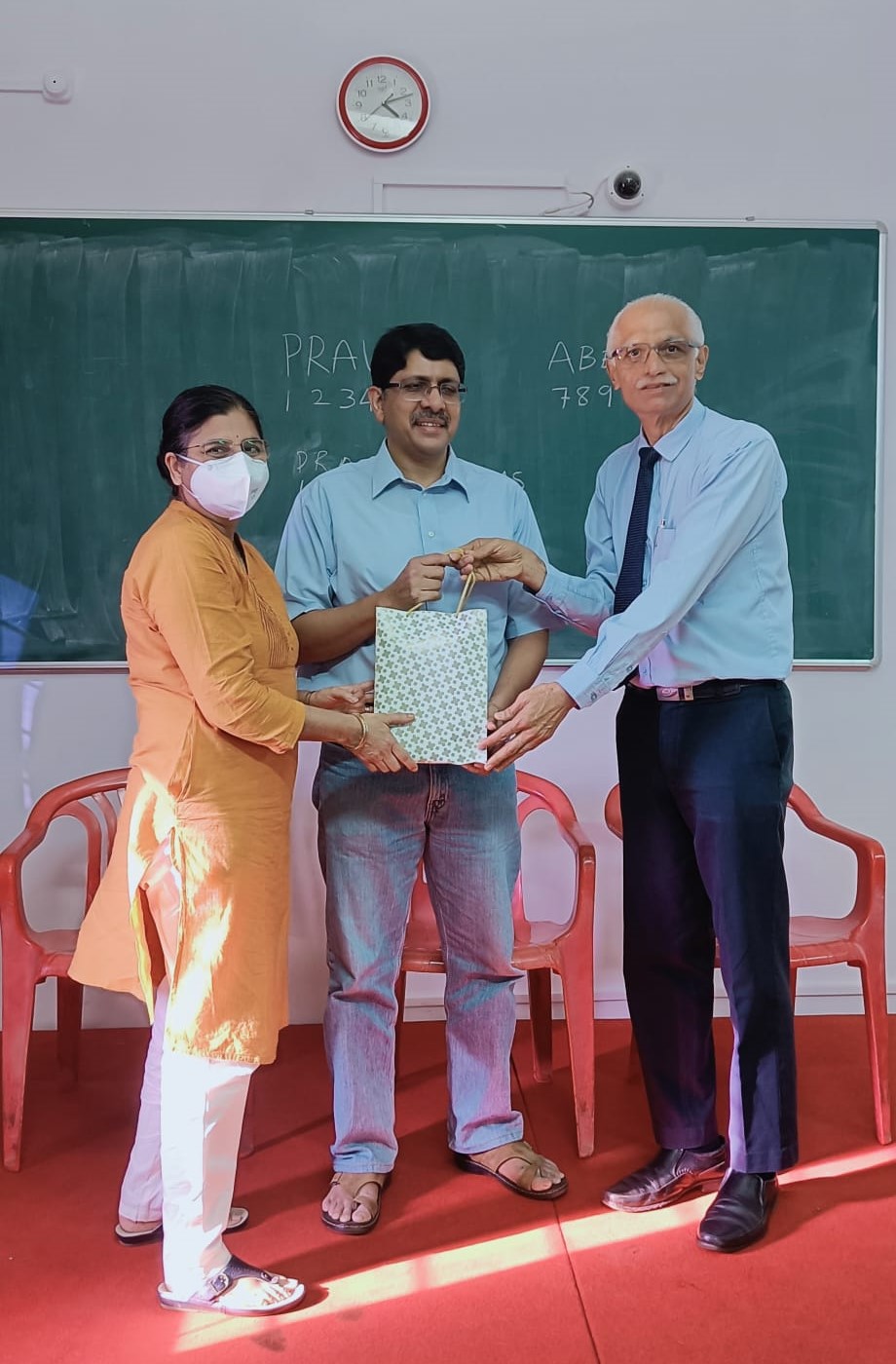
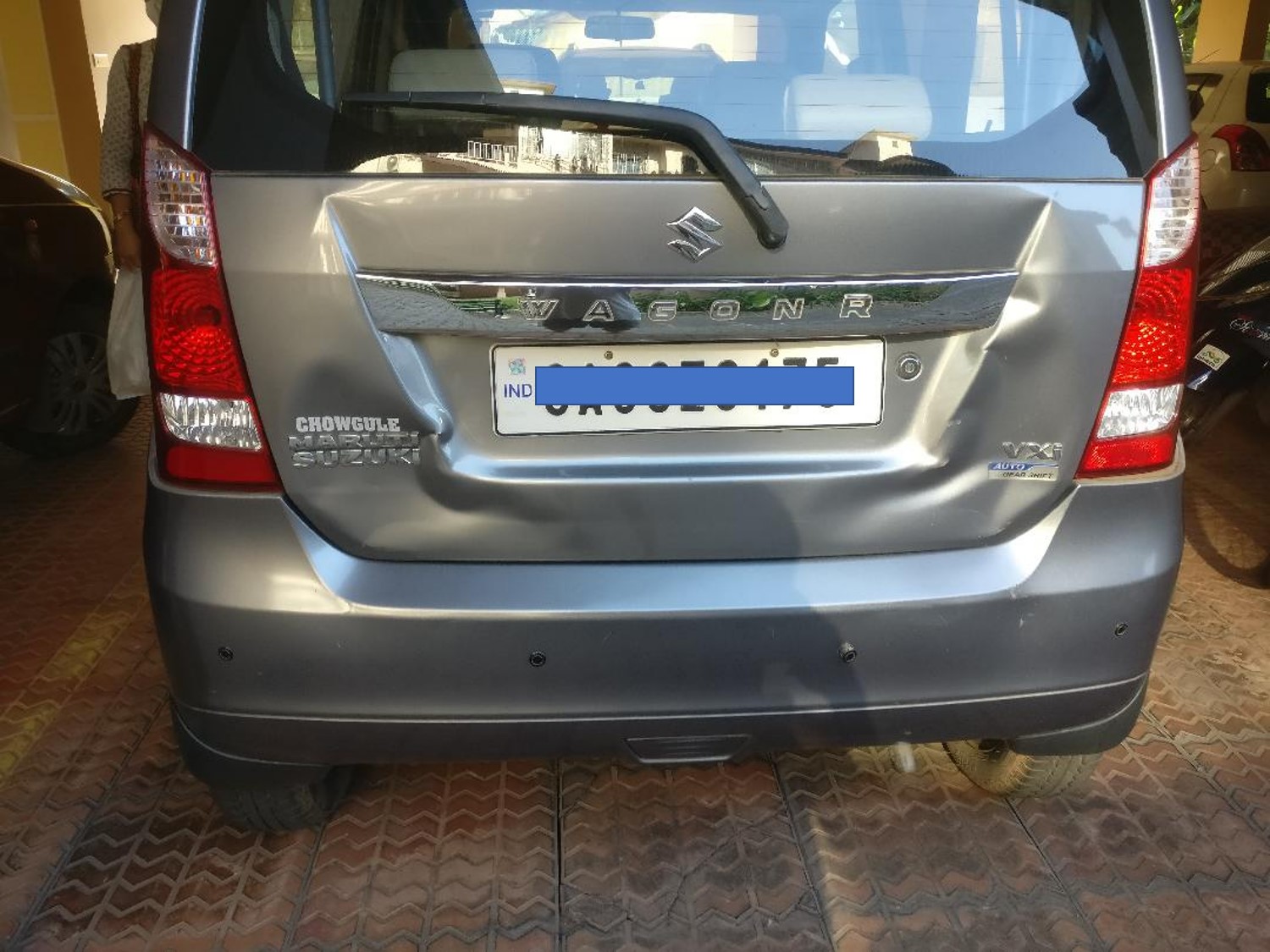 Here, the two broad lanes narrow down to one small lane as the vehicles cross the old bridge over the Zuari river. So there is a bottleneck for a short stretch where the traffic is choked, moving slower in stops and starts. At one point, when we stopped, we were suddenly hit from behind by a car.
Here, the two broad lanes narrow down to one small lane as the vehicles cross the old bridge over the Zuari river. So there is a bottleneck for a short stretch where the traffic is choked, moving slower in stops and starts. At one point, when we stopped, we were suddenly hit from behind by a car.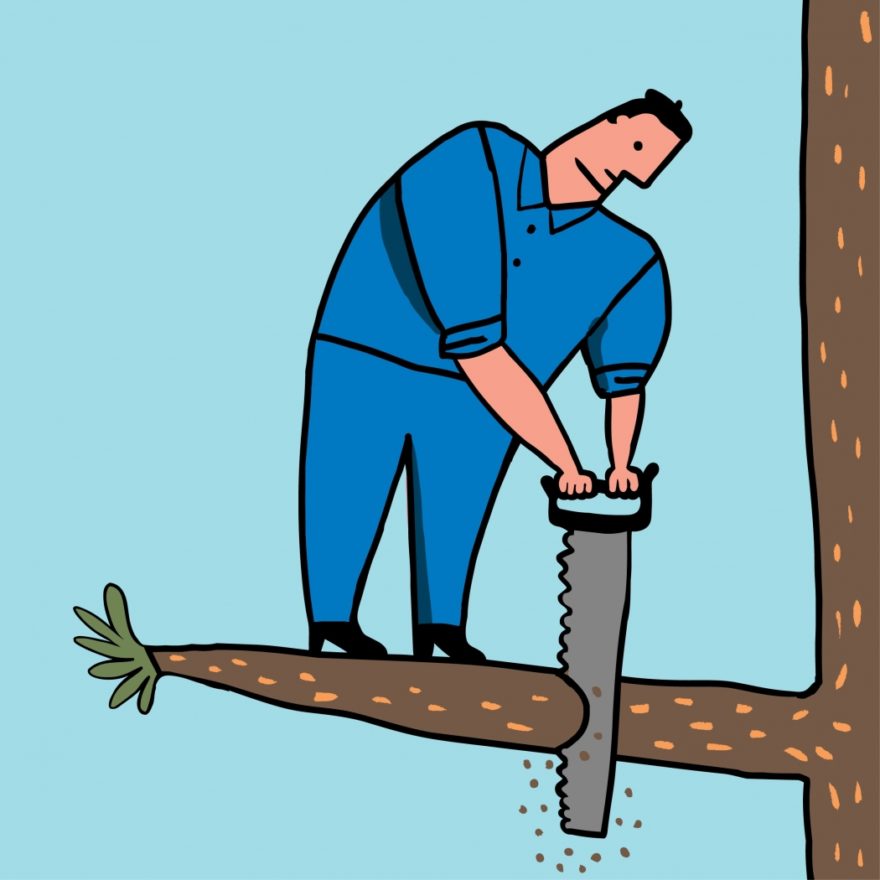




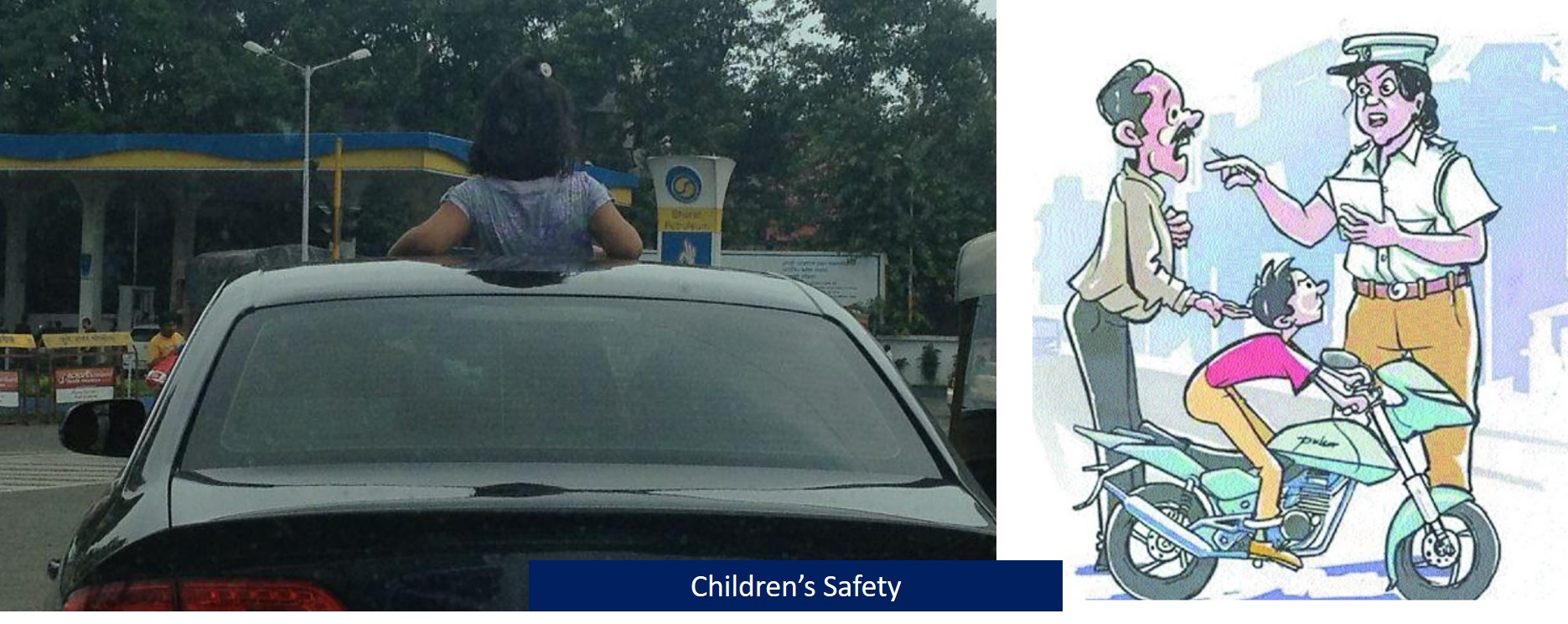

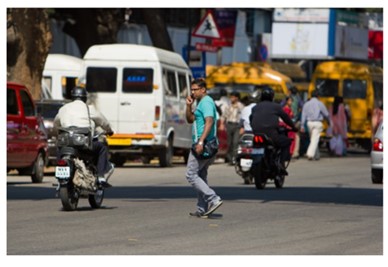 You can see in the pic, a pedestrian is taking some risk with the distracted walking. He has probably done it many times before.
You can see in the pic, a pedestrian is taking some risk with the distracted walking. He has probably done it many times before.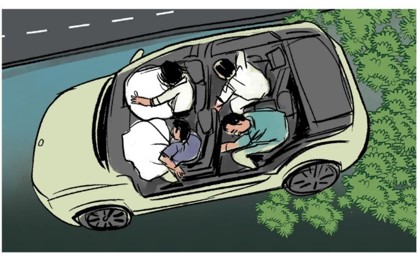
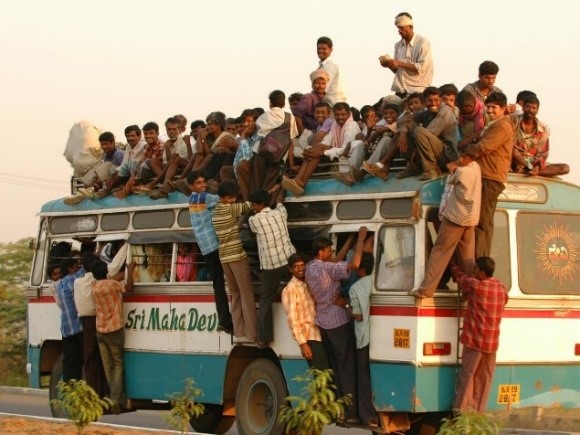 Or take the example of the tragic bus crash near Tumkur in Karnataka. Was it the first time that the people were travelling in the overcrowded bus? Was it the first time that the driver has packed so many passengers in his bus? Most certainly not. The passengers rationalise that they have no other means. The driver and the transport company are keen to make the most of the opportunity for their gains, they are confident of their vehicle and their ability to control it. They can all justify the reason for their action. Plus, they had made the trip numerous times. So why not one more time?
Or take the example of the tragic bus crash near Tumkur in Karnataka. Was it the first time that the people were travelling in the overcrowded bus? Was it the first time that the driver has packed so many passengers in his bus? Most certainly not. The passengers rationalise that they have no other means. The driver and the transport company are keen to make the most of the opportunity for their gains, they are confident of their vehicle and their ability to control it. They can all justify the reason for their action. Plus, they had made the trip numerous times. So why not one more time?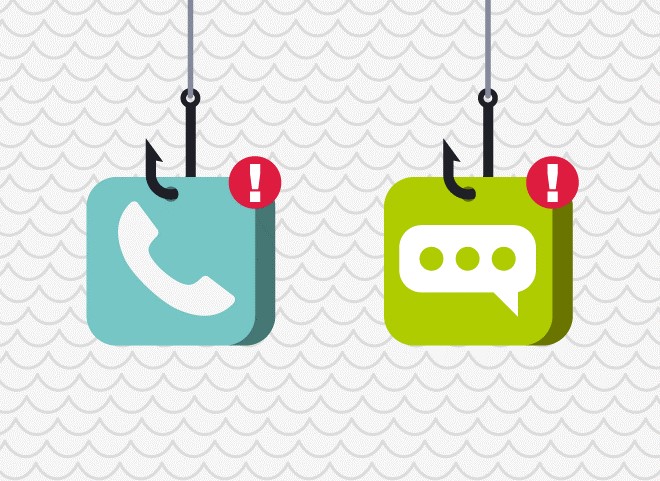

 While still on the call, the Colonel transferred Rs. 100 to Mani. “It was a trial transaction. I will now transfer the Rs 50,000”, he said, keeping Mani engaged on the call. A little later, he told Mani, “Since the amount is a bit high, the bank wants me to share a QR code for your authorization. I will share it on your email, and you can scan it with your banking app”.
While still on the call, the Colonel transferred Rs. 100 to Mani. “It was a trial transaction. I will now transfer the Rs 50,000”, he said, keeping Mani engaged on the call. A little later, he told Mani, “Since the amount is a bit high, the bank wants me to share a QR code for your authorization. I will share it on your email, and you can scan it with your banking app”. Payal confirmed. Surya’s voice was very enthusiastic, ”We recently held a lucky draw for our regular customers. I am happy to say you are one of the lucky winners! One amongst 10 lac! The prize is a gift coupon worth Rs 20,000! Congratulations!” Payal was very excited. She had never been so lucky before. Surya said, “I need to verify a few details to ensure that we are indeed sending it to the right Payal Sharma. Can you confirm your first name, last name, and your address?”. Payal did so.
Payal confirmed. Surya’s voice was very enthusiastic, ”We recently held a lucky draw for our regular customers. I am happy to say you are one of the lucky winners! One amongst 10 lac! The prize is a gift coupon worth Rs 20,000! Congratulations!” Payal was very excited. She had never been so lucky before. Surya said, “I need to verify a few details to ensure that we are indeed sending it to the right Payal Sharma. Can you confirm your first name, last name, and your address?”. Payal did so. u confirm the card details? Your card number, expiry and CVV should match our records”. Payal went ahead and shared that as well.
u confirm the card details? Your card number, expiry and CVV should match our records”. Payal went ahead and shared that as well.




 * Something you know : eg. Password, PIN, Credit Card details, etc
* Something you know : eg. Password, PIN, Credit Card details, etc * Scan a QR code only when you want to pay a merchant
* Scan a QR code only when you want to pay a merchant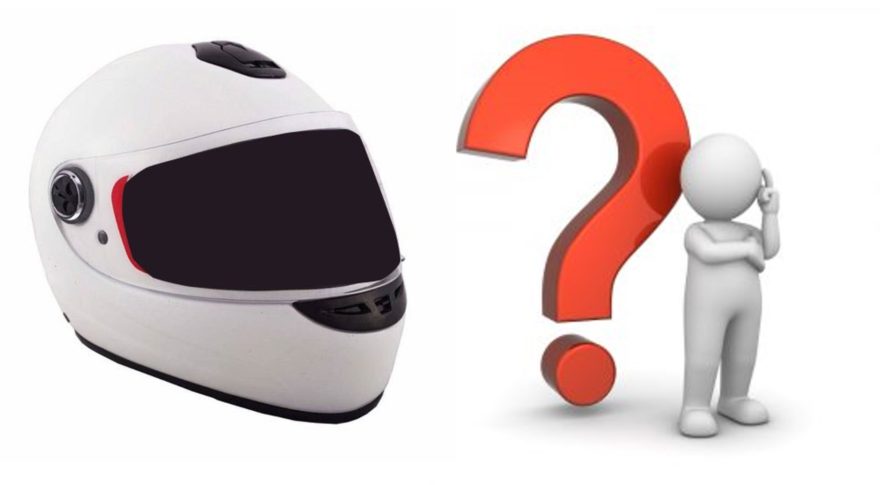
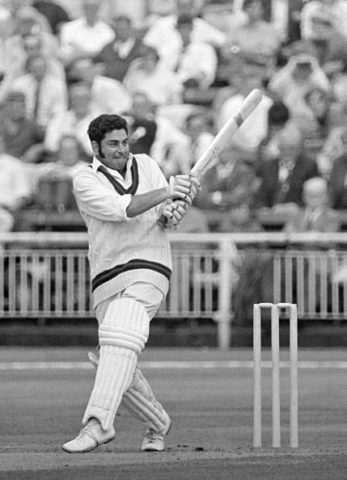
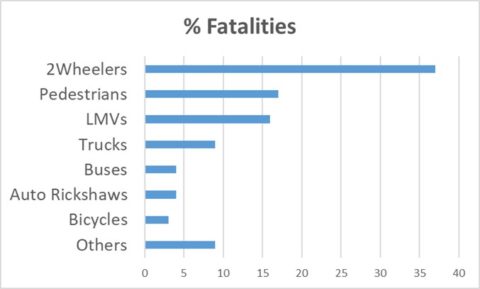

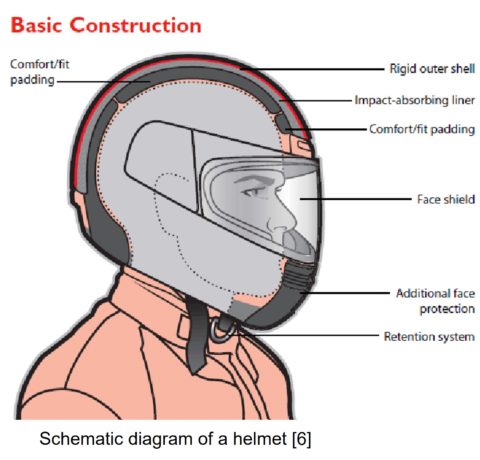
 There is more. Our brain sits inside our skull, suspended in the cerebro-spinal fluid, encapsulated by a thin layer of duramater [7]. In a crash, the outer shell comes to a halt the moment it hits the ground. But the head continues to travel and will hit the helmet inside. The brain is violently shifted inside and will hit the inner wall of the skull. This can lead to concussion. The angle of impact will determine whether the brain moves to-and-fro or also goes through some twisting, stretching movements. This can lead to damage to the brain cells, affecting cognition, memory, concentration.
There is more. Our brain sits inside our skull, suspended in the cerebro-spinal fluid, encapsulated by a thin layer of duramater [7]. In a crash, the outer shell comes to a halt the moment it hits the ground. But the head continues to travel and will hit the helmet inside. The brain is violently shifted inside and will hit the inner wall of the skull. This can lead to concussion. The angle of impact will determine whether the brain moves to-and-fro or also goes through some twisting, stretching movements. This can lead to damage to the brain cells, affecting cognition, memory, concentration.
